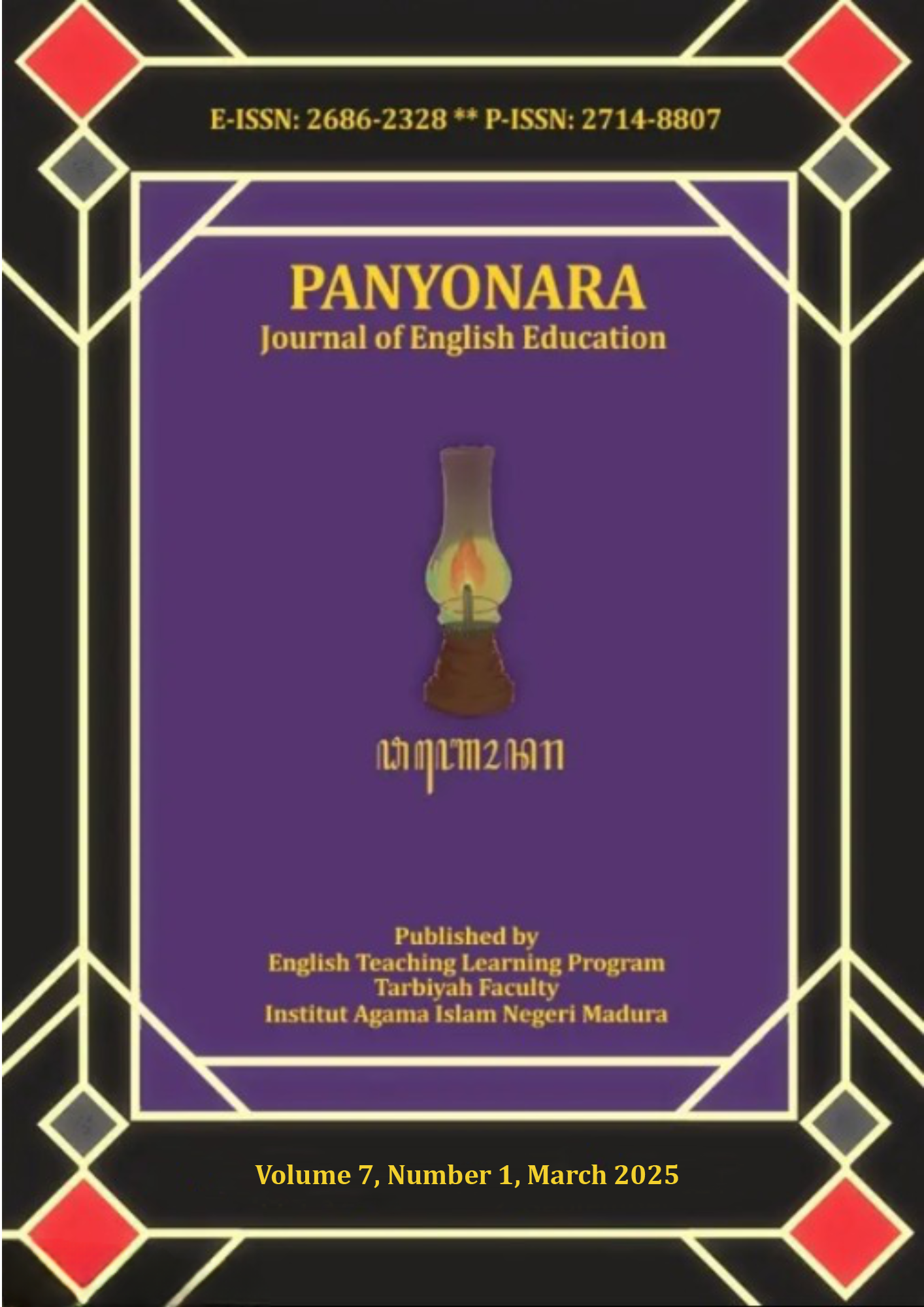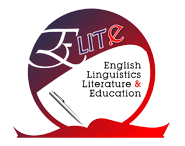Developing Pocketbook Media to Enhance Students' Vocabulary Mastery and Pronunciation Accuracy in English for Business Course
 Abstract views: 48
,
Abstract views: 48
,
 pdf downloads: 35
pdf downloads: 35
Abstract
Due to limited familiarity with business terminology and challenges to connect the right letter-sound correspondences, a lot of students attending English for Business course encounter difficulties in both verbal and written communication. This is definitely a critical issue to be paid more attention as students’ language proficiency will lead to the success in achieving learning objectives and workplace expectations. Though some previous studies regarding the development of pocketbooks have been conducted, none has focused on the business English context. Therefore, this study aims to address this study gap by investigating the development of Business English pocketbook, specifically focusing on vocabulary mastery and pronunciation accuracy to meet the educational objectives and workplace demands. This pocketbook was developed based on the ADDIE model, which consists of five phases including Analysis, Design, Development, Implementation, and Evaluation. This study highlights the valuable assistance of ADDIE framework in developing a well-organized pocketbook to boost vocabulary mastery and pronunciation accuracy for business English needs.
Downloads
References
Dick, W., & Carey, L. (2009). The Systematic Design of Instruction (7th ed.). Pearson.
Donald Ary et al. (2010) Introduction to Research in Education. Wadsworth: Cengage Learning,
EF English Center for Adults. (2020).
https://www.ef.co.id/englishfirst/adults/blog/6-alasan-pentingnya-belajar- bahasa-inggris-dalam-dunia-kerja/.
Gilakjani, A.P. (2016). English Pronunciation Instruction: Literature Review. International Journal of Research in English Education, 1, 1-5.
Gravemeijer, S. McKenney, & N. Nieveen (Eds.), Educational Design Research (pp. 52–66). Routledge.
Harmer, J. (2007). The Practice of English Language Teaching. Pearson Longman.
Kress, G., & van Leeuwen, T. (2006). Reading Images: The Grammar of Visual Design (2nd ed.). Routledge.
Kridalaksana, Harimurti. (1993). Kamus Linguistik Edisi Ketiga. Jakarta: Gramedia Pustaka Utama.
Linse, Caroline T. (2005). Practical English Language Teaching: Young Learners. New York: McGraw-Hill.
Mayer, R. E. (2009). Multimedia Learning (2nd ed.). Cambridge University Press.
Mustadi, Ali. (2013). Communicative Competence Based Language Teaching: An English Course Design for Primary Teacher Education. Yogyakarta: UNY Press.
Nation, I. S. P. (2001). Learning Vocabulary in Another Language. Cambridge University Press.
Nunan, David. (2003). Practical English Language Teaching. New York: Mc.Graw-Hill Companies.
Oliver, Andre. (2022). 5 Manfaat Bahasa Inggris Bisnis untuk Pengembangan Karier di Era Modern. https://glints.com/id/lowongan/bahasa-inggris-bisnis/
Reeves, T. C. (2006). Design Research from a Technology Perspective. In J. van den Akker, K.
Reiser, R. A., & Dempsey, J. V. (2018). Trends and Issues in Instructional Design and Technology (4th ed.). Pearson
Richards, J. C. (2001). Curriculum Development in Language Teaching. Cambridge University Press.
Schmitt, N. (2000). Vocabulary in Language Teaching. Cambridge University Press, Cambridge.
Selouani, Sid-Ahmed & Alotaibi, Yousef Ajami. Adaptation of Foreign Accented speakers in Native Arabic ASR systems. Applied Computing and Informatics (2011) 9, 1–1S
Sugiyono. (2015). Metode Penelitian Kuantitatif, Kualitiatif, dan R&D. Bandung: Alfabeta
Taser, Duygu. (2019). Current Issues in Pronunciation Teaching. Bogazici University the 2nd ELT Conference towards Higher Education.
Tomlinson, B. (2012). Materials development for language learning and teaching. Language Teaching, 45(2), 143-179.
Vygotsky, L. S. (1978). Mind in Society: The Development of Higher Psychological Processes. Harvard University Press.
Yousofi & Naderifarjad. (2015). The Relationship between Motivation and Pronunciation: A case of Iranian EFL learners. Journal of Applied Linguistics and Language Research Vol. 2, Issue 4, 2015, pp. 249-26.
The journal uses an Open Access policy under a Creative Commons Attribution-NonCommercial 4.0 International License. Authors who publish with this journal agree to the following terms:
- Authors retain copyright and grant the journal right of first publication with the work simultaneously licensed under a Creative Commons Attribution License that allows others to share the work with an acknowledgment of the work's authorship and initial publication in this journal.
- Authors are able to enter into separate, additional contractual arrangements for the non-exclusive distribution of the journal's published version of the work (e.g., post it to an institutional repository or publish it in a book), with an acknowledgment of its initial publication in this journal.
- Authors are permitted and encouraged to post their work online (e.g., in institutional repositories or on their website) prior to and during the submission process, as it can lead to productive exchanges, as well as earlier and greater citation of published work.
















